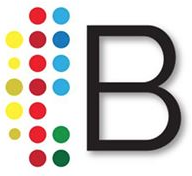A crack spread, therefore, is intended to lock in the differential between refinery input and pricing output and profit from (or protect against) changes in that value. It is nothing more than the margin between the raw material (crude oil) and the finished products (unleaded gasoline and heating oil). It is the profit margin that a refinery can expect to make. If the spread increases, refining profitability is likely to increase. If the spread diminishes, refiners are likely to reduce the amount of crude they process in order to minimize losses.
The WTI Cushing Crude Oil 3-2-1 Crack Spread/US Gulf Coast is widely used, and measures the relationship of the sum of two parts 87 octane unleaded gasoline and one part heating oil against three parts WTI crude oil. Pricing is daily, measured in US dollars per barrel, and historical prices go back to January 2, 1992. The Bloomberg ticker for this commodity is CRKS321C.
For more information on refining crack spreads, the Bloomberg ticker CRKS is a great place to start. It is the main page for Spot Oil Cracks and contains a menu of crack spreads for Europe and the United States.
